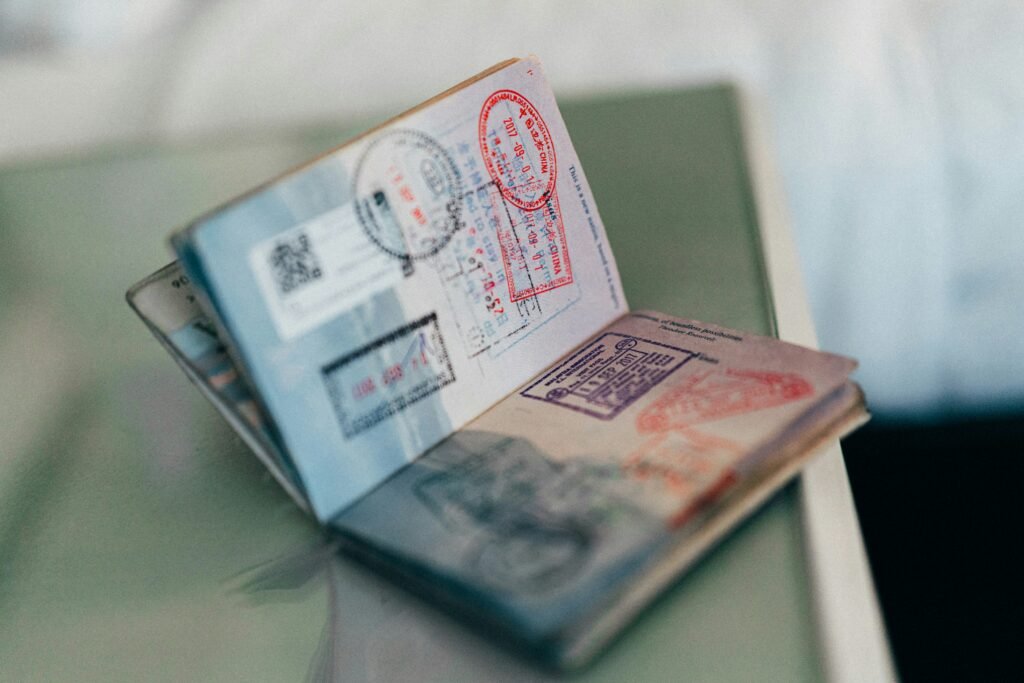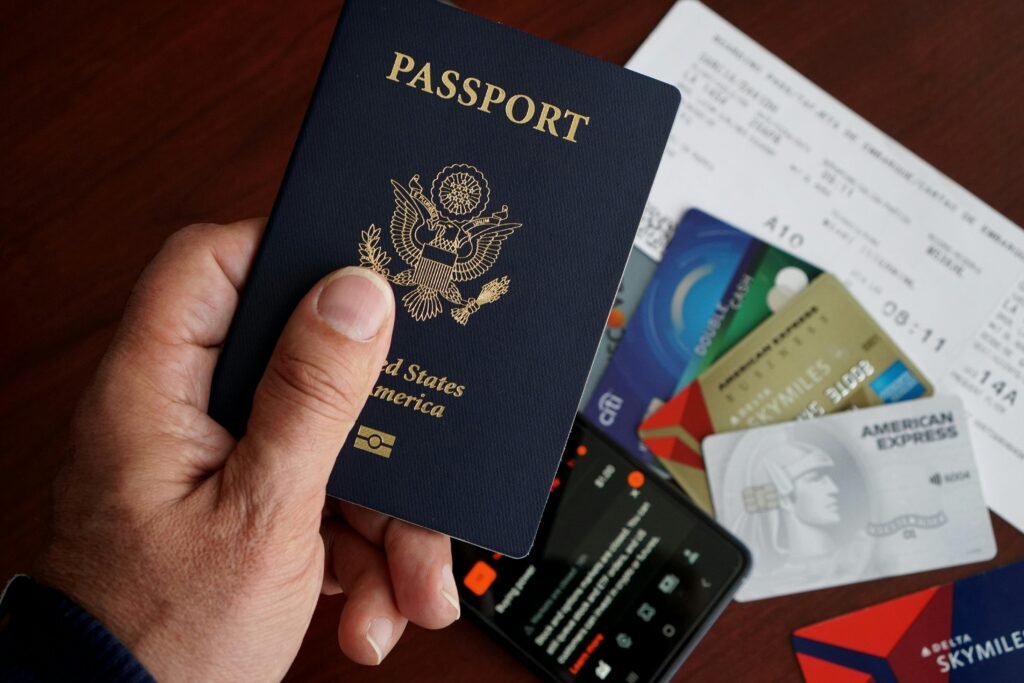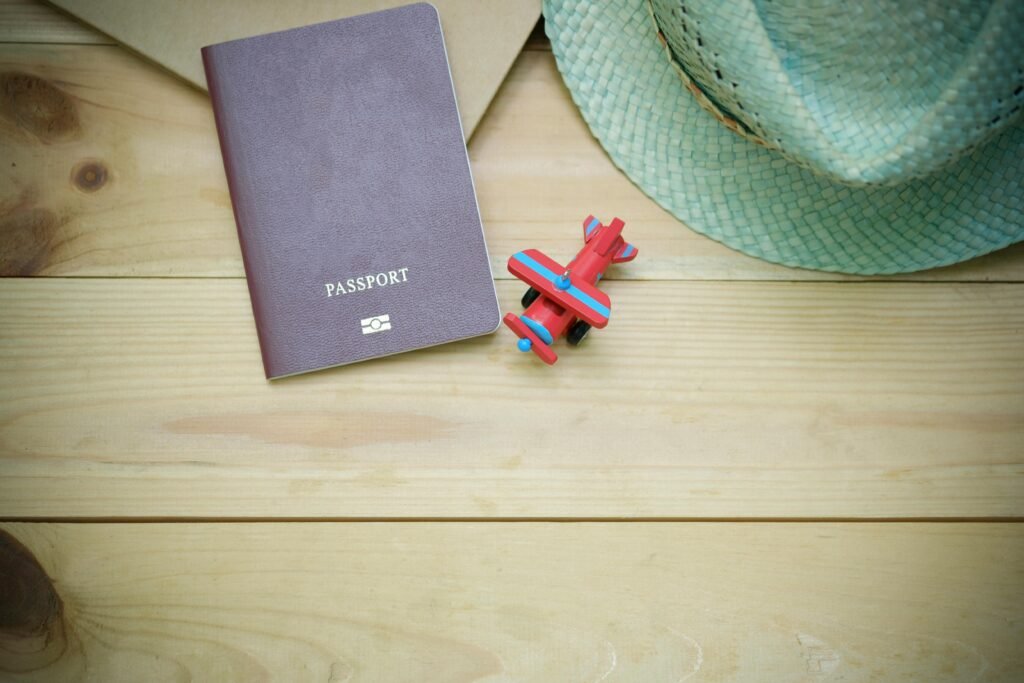In 2024, Italy granted over 151,000 work permits to non-EU citizens — even more opportunities for people turning their dream of working in Italy into reality!
This guide will cover everything how to get a work visa in Italy
I’ll cover the different types available, the step-by-step application process, common mistakes that can derail your application (trust me, I’ve seen them all), and practical tips that actually work in the real world.
Whether you’re dreaming of working in Milan’s fashion district, Rome’s tourism industry, or anywhere else in this beautiful country, this guide will give you the tools and confidence to make it happen. Let’s dive in!
Italian Work Visa Types
Decreto Flussi (Flows Decree) Work Permits This is the most common route for non-EU citizens. Every year, the Italian government sets quotas for how many work permits they’ll issue by sector and nationality.
The Decreto Flussi covers:
- Seasonal workers (especially agriculture and tourism)
- Non-seasonal employees
- Self-employed workers
- Conversion from other permit types
The EU Blue Card could be your pathway to Italy if you hold a university degree and a job offer with a salary 1.5 times above the national average. The EU Blue Card is basically Europe’s answer to the US Green Card, and it’s way more flexible than regular work permits.
Intra-Company Transfer Permit Working for a multinational company? This permit lets companies transfer employees to their Italian branches. I’ve seen this work beautifully for tech companies and consulting firms.
Self-Employment Visa Want to start your own business in Italy? This visa exists, but man, the requirements are steep.
Highly Qualified Worker Permit This newer category targets skilled professionals in specific sectors like IT, engineering, and healthcare. The requirements are strict, but the benefits are worth it.
Here’s something nobody tells you: the type of work visa you get affects everything else – how long you can stay, whether you can bring family, and how easy it is to renew. Choose wisely!
Documents for Italy Work Visa And Requirements
Okay, let’s talk about paperwork. And boy, is there a lot of it! I remember sitting at my kitchen table with documents spread everywhere, wondering if I’d ever get through it all. But trust me, being organized from the start will save you so much stress later.
Basic Requirements You Must Meet:
- Valid passport
- Clean criminal background
- Proof of financial stability
- Health insurance coverage
- Job offer or employment contract from an Italian employer
The Document Checklist That Actually Works: After helping dozens of people through this process, here’s my tried-and-true document list:
- Passport and Photos: Get those passport photos done professionally. I learned this the hard way when my DIY photos got rejected.
- Criminal Background Check: This needs to be apostilled and translated into Italian. The apostille process alone can take weeks, so start early!
- Educational Certificates: All diplomas and degrees need official translation. Pro tip: use a sworn translator recognized by Italian authorities.
- Employment Documentation: Your job offer letter should include salary details, job description, and contract duration. Make sure it’s on the company letterhead.
- Financial Proof: Bank statements for the last 3-6 months showing consistent income. They want to see that you won’t become a burden on their social system.
- Health Insurance: You need coverage from day one. European health insurance is preferred, but private international coverage can work too.
Step-by-Step Application Process
Alright, here’s where the rubber meets the road. The Italian work visa application process has more steps than assembling IKEA furniture, but I’ll break it down so it actually makes sense.
Step 1: Secure Your Job Offer This might seem obvious, but your Italian employer has work to do too. They need to prove they couldn’t find an EU citizen for the job. This involves posting the position publicly and waiting for responses. It’s called the “labor market test,” and it can take 60 days.
Step 2: Wait for the Decreto Flussi If you’re going the Decreto Flussi route, your employer needs to submit their application during the open window. I cannot stress this enough – these windows are SHORT. We’re talking days, not weeks.
Step 3: Get Your Nulla Osta Once approved, your employer gets something called a “nulla osta” (clearance for work). This is basically Italy saying “okay, we approve this person working here.” Your employer will send you a copy.
Step 4: Apply at the Italian Consulate Now it’s your turn! Book an appointment at the Italian consulate in your country. Fair warning: these appointments can be booked out for months. I always tell people to book as soon as they have a potential job offer.
Step 5: Submit Your Application Show up to your appointment with ALL your documents. The consular officers are thorough, and missing even one paper can mean starting over.
Step 6: Collect Your Visa If approved, you’ll get a visa sticker in your passport. This allows you to enter Italy, but it’s not your final permit.
The whole process, from job offer to residence permit, typically takes 4-8 months. I know it sounds like forever, but remember – you’re getting legal permission to live and work in one of the world’s most beautiful countries!
Costs and Processing Times
Let’s talk about money, because nobody likes financial surprises when they’re already stressed about visa applications. I wish someone had given me the real breakdown of costs when I started this process.
Visa Application Fees:
- Short-term work visa (up to 90 days): €60-80
- Long-term work visa: €116-140
- EU Blue Card: €140-200
- Expedited processing (where available): Additional €50-100
But here’s the thing – those are just the consulate fees. The real costs add up quickly:
Additional Costs You Need to Budget For:
- Document translations: €20-50 per document
- Apostille services: €15-30 per document
- Health insurance: €30-100 per month
- Travel to consulate: varies widely
- Residence permit application in Italy: €27.50 plus €30.46 in tax stamps
Processing Time Reality Check: The official processing time is 30 days, but that’s rarely the reality. Here’s what I’ve observed:
- Summer months (June-August): Slower due to holidays
- End of calendar year: Much slower
- Beginning of calendar year: Faster processing
- Consulates in major cities: Often slower due to volume
Factors That Speed Things Up:
- Complete, well-organized applications
- Using recognized translation services
- Having all documents properly apostilled
- Clear, detailed employment contracts
- Strong financial documentation
What Slows Things Down:
- Missing or expired documents
- Poor quality translations
- Unclear employment terms
- Insufficient financial proof
- High application volumes at certain times
My advice? Budget at least €1,000 for the entire process (including travel and accommodation if needed) and expect it to take 2-3 times longer than the official estimates.
Common Mistakes and How to Avoid Them
Mistake #1: Starting Too Late This is the big one. I can’t tell you how many people contacted me in March saying they want to work in Italy by June. Unless you’ve got everything perfectly aligned, that’s just not realistic.
The fix: Start your preparation at least 6-8 months before you want to move. I know it sounds like forever, but trust me on this one.
Mistake #2: Ignoring the Decreto Flussi Timeline The Decreto Flussi quotas usually open once a year, and they fill up incredibly fast. I’ve seen people miss entire years because they weren’t paying attention to the announcement dates.
The fix: Follow Italian immigration websites religiously starting in January. Set up Google alerts for “Decreto Flussi 2024” and similar terms.
Mistake #3: Poor Document Organization I once watched someone get their application rejected because their criminal background check was 181 days old instead of the required 180 days maximum. One day!
The fix: Create a spreadsheet tracking every document’s expiration date. Nothing should be older than 90 days when you submit your application.
Mistake #4: Inadequate Financial Proof Showing €500 in your bank account isn’t going to cut it. Italian authorities want to see that you can support yourself.
The fix: Maintain consistent bank balances for at least 6 months before applying. The magic number seems to be around €5,000-8,000 in savings, though this varies by consulate.
Mistake #5: Using Google Translate for Important Documents I get it – professional translations are expensive. But machine translations for official documents will get your application rejected faster than you can say “ciao.”
The fix: Use certified translators recognized by Italian authorities. It costs more upfront but saves you from having to start over.
Mistake #6: Not Understanding Your Employer’s Role Your Italian employer has specific obligations in this process. If they don’t fulfill their part correctly, your application fails even if you do everything right.
The fix: Make sure your employer understands the process. Consider sharing resources about employer obligations with them.
Mistake #7: Booking Consulate Appointments Too Late Some consulates are booked 3-4 months out. I’ve seen people ready with all their documents but unable to get an appointment in time.
The fix: Book your consulate appointment as soon as you have a potential job offer, even before all documents are ready.
Here’s something that might sound harsh but is absolutely true: the Italian bureaucracy doesn’t care about your timeline or your dreams. They care about complete, accurate applications submitted according to their rules. Work with the system, not against it.



